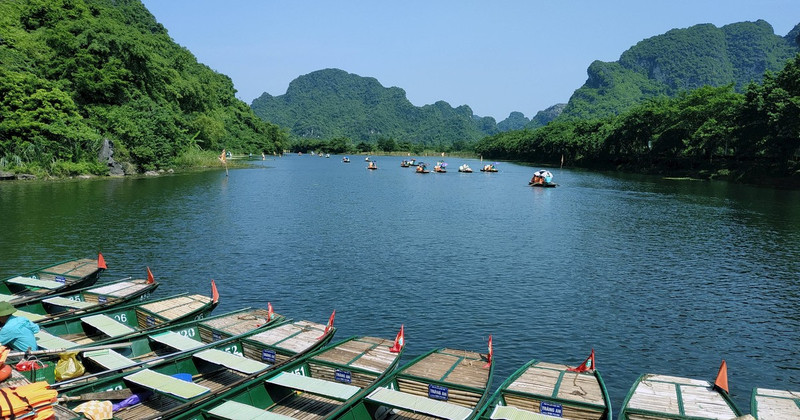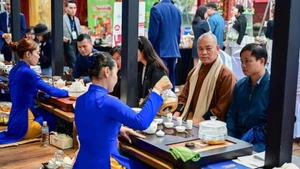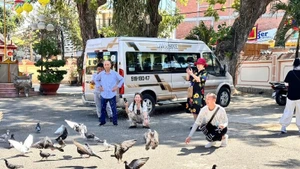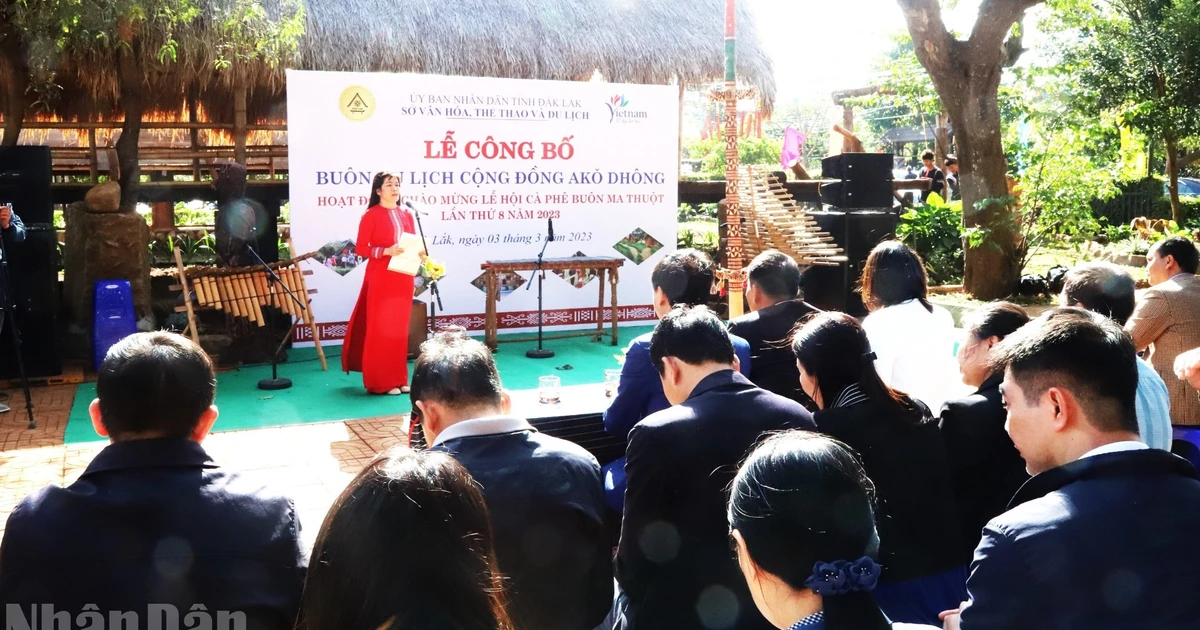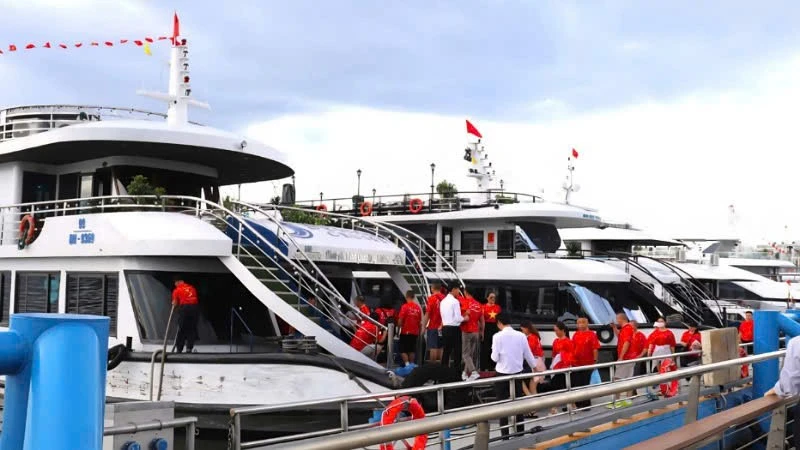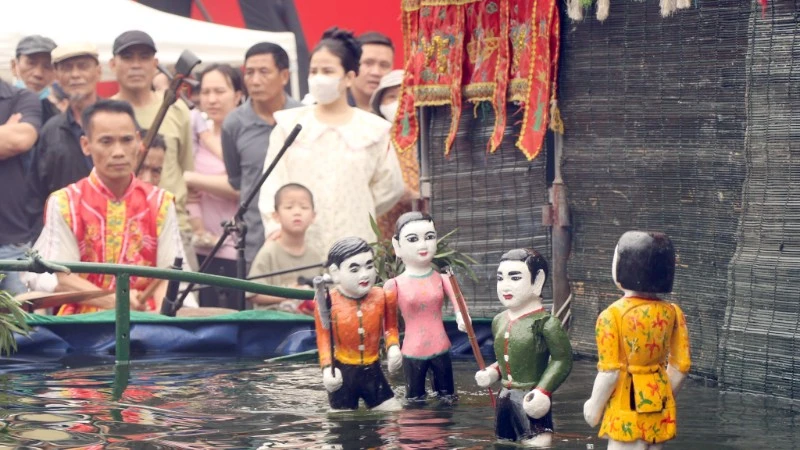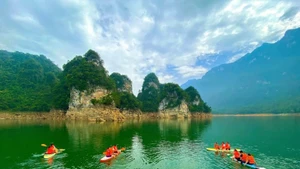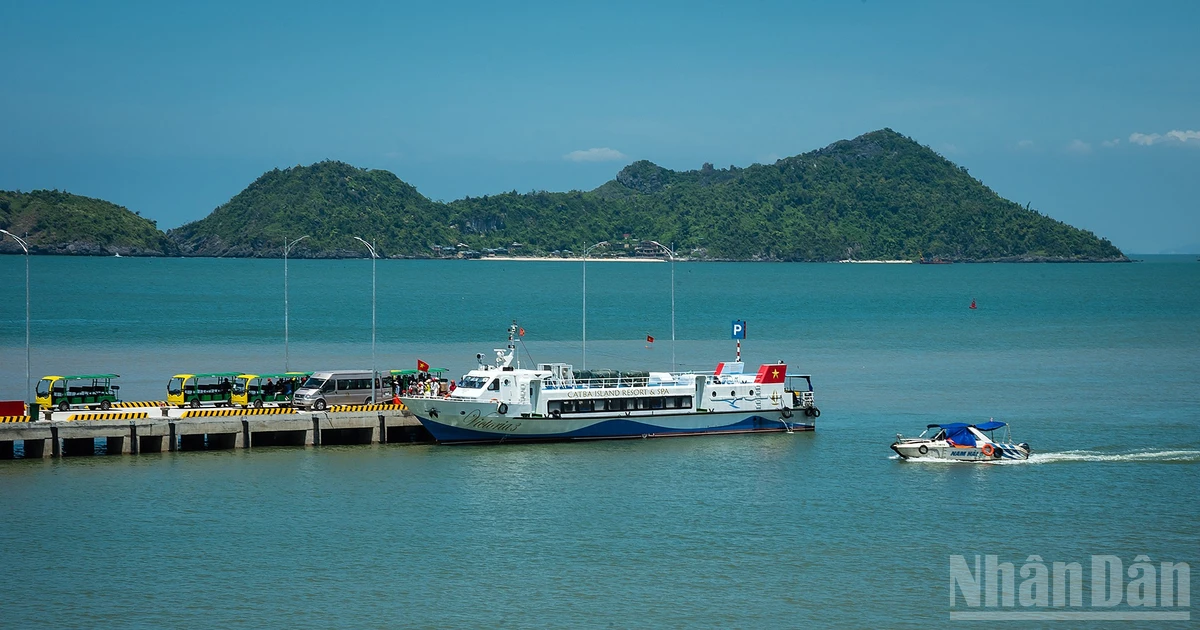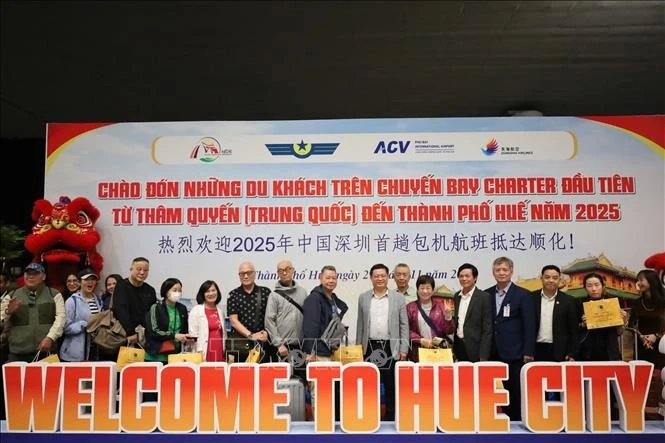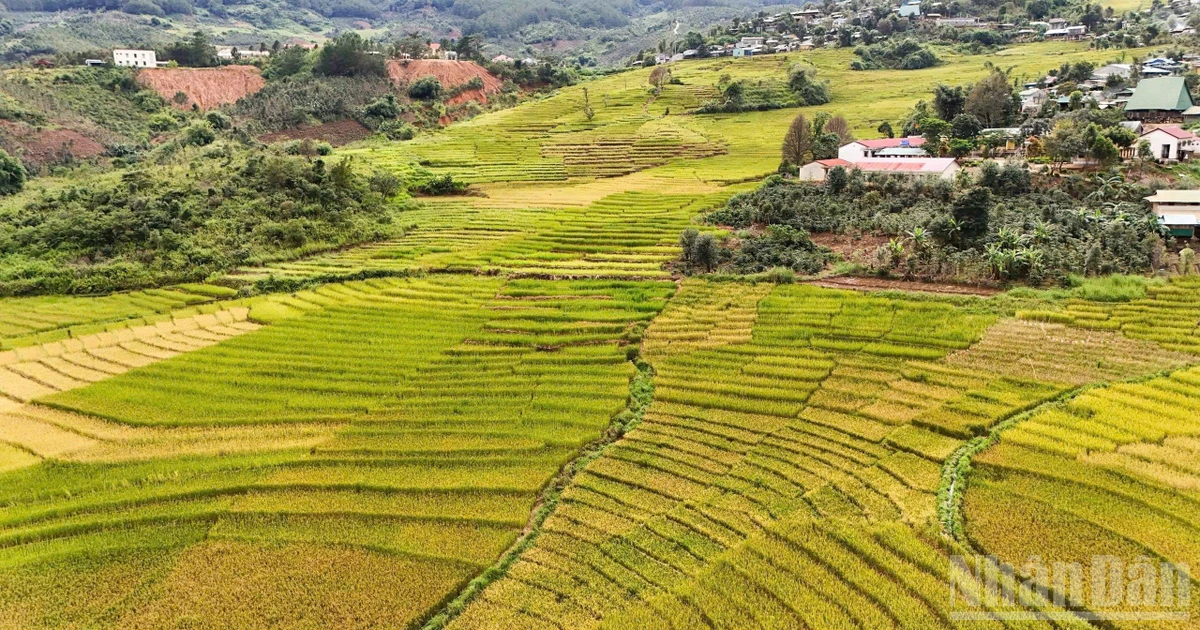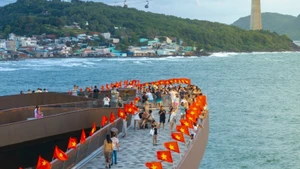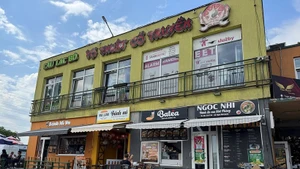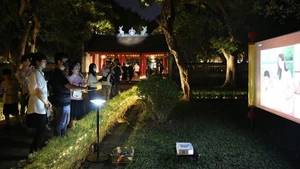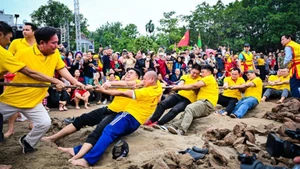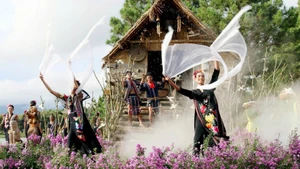Rich and diverse potential of natural resource
At a recent seminar on the development of Ninh Binh, Dr Mai Thanh Son, a well-known cultural and anthropological researcher, proposed the idea of creating an address to showcase Vietnam's cultural images and natural landscapes: "The US has the Smithsonian National Zoological Park, Japan has the Japanese Garden, and China has Splendid China in Shenzhen – a popular tourist destination with 82 miniature models of famous architectural works, villages, and ethnic cultural villages... Vietnam does not yet have a destination model like this, so why not build a 'Vietnamese Garden'?".
Based on the potential cultural and natural resources, the ancient capital of Hoa Lu – Trang An is well-suited to develop cultural tourism as a highlight to attract visitors. The locality's natural features, environment, and historical-cultural traditions have left a rich and diverse heritage system with national and international values recognised for its globally significant attributes. People have lived here for over 30,000 years. By the 10th century, Hoa Lu was the birthplace and development centre of Dai Co Viet’s independent and resilient national spirit. Ninh Binh has a diverse and unique intangible cultural heritage system, spanning settlements from the mountainous forests to the coastal and wetland areas. Ninh Binh also boasts a rich natural ecosystem, including Cuc Phuong National Park - the first in Vietnam, the World Ramsar Wetland of Van Long, and the Hoa Lu Special Use Forest. The challenge is to tap into these strengths to highlight the natural, cultural, and human values of Ninh Binh and Vietnam, contributing practically to the economy.
A few suggestions for boosting tourism in Ninh Binh
In recent years, tourism in Ninh Binh has experienced strong growth. In the first nine months of 2024 alone, Ninh Binh welcomed nearly 7.4 million visitors. This is an encouraging figure that brings excitement and confidence. Trang An World Heritage Site has been praised by UNESCO as a model for the harmonious integration of environmental preservation, the conservation of traditional cultural values, and tourism development, ensuring benefits for the people, the State, and businesses.
However, the relatively low number of days tourists stay in Ninh Binh is an issue that needs attention. To retain visitors, a newly constructed "Hoa Lu Ancient Street" is still in its early stages, offering simple activities such as releasing lanterns, performing traditional art excerpts, and some folk games alongside local handicrafts and cuisine. But this somewhat repetitive offering is not enough. Tourists, especially VIP guests, want to "live authentically" with high-quality experiences, not just a superficial and fleeting "virtual" experience. Modern entertainment, shopping for "branded" goods, and other commercial services are still underdeveloped in Ninh Binh.
Culinary culture needs to be developed in terms of content (to be more attractive and inviting) and infrastructure (to properly serve visitors). The famous "goat meat and burnt rice" has already become a distinct culinary brand of Ninh Binh. However, many other local specialities (such as snakehead fish soup, Kim Sơn wine, etc.) should be more widely promoted. Tourism developers should collaborate with artisans to create new, unique, and appealing products.
Traditional art forms, such as cheo (Vietnamese traditional opera), ca tru (ceremonial singing), water puppetry, and hau dong (spirit mediumship), should be explored more to cater to cultural tourism, showcasing the unique aspects of Ninh Binh. However, it is crucial to study methods to make this type of tourism more appealing. Combining traditional elements with modern design for stage settings, lighting, sound, techniques, musical instruments, and props could be a great approach. Additionally, greater connections between the Trang An World Heritage Site and other heritage areas in the province should be fostered so that visitors who come to Trang An can gain a broader understanding of the "Cultural Region of Ninh Binh".
On the other hand, it is important to avoid the "hot development" syndrome, which can lead to overloading and various other negative impacts. Tourism can severely harm the ecological environment if not properly managed. In addition to expansion, tourism must always focus on replenishing and regenerating ecosystems and resources to ensure sustainable development.
